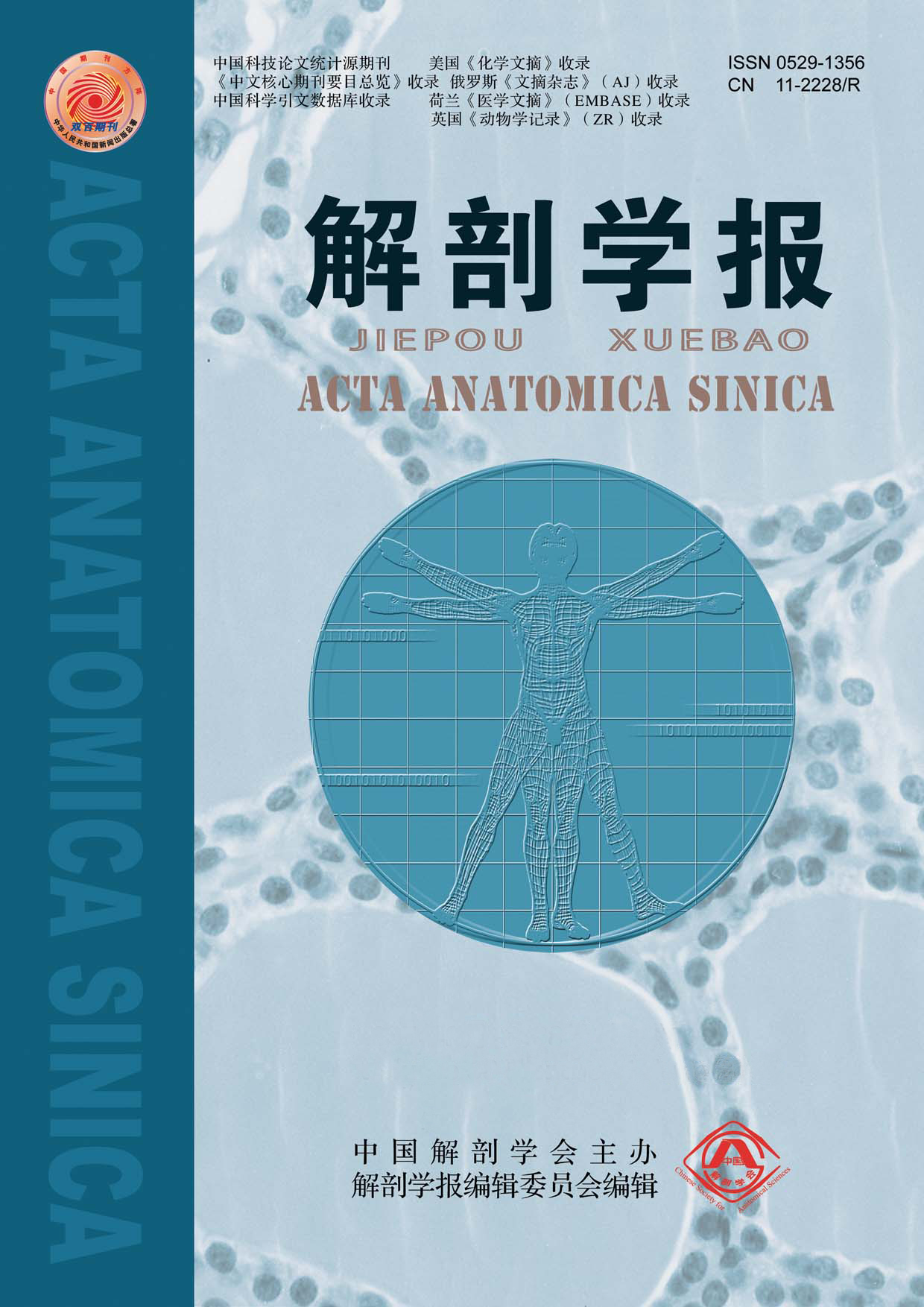Objective To investigate the therapeutic effect of Huangqi and Danshen in the denervated skeletal muscle atrophy.Methods Eight weeks old male SD rats were randomly divided into the control groups and the treatment groups. To establish the denervated right gastrocnemius atrophy model,about 1cm of the right sciatic nerve was cut off.After operation,1.5ml of a mixture of Huangqi and Danshen was injected into the treatment groups daily via intraperitoneal injection.The control groups were without any treatment.The right gastrocnemius muscle was removed at the second week and the third week after operation.The muscle wet weight,cross section area of myocytes,total protein content,cell apoptosis rate, the mRNA and protein expression levels of FoXO3a, MAFbx were examined. Results Of second week control and treatment groups, the muscle wet weight ratio was 0.62±0.07 and 0.76±0.05; muscle fiber cross-sectional area was 300.24±17.87 and 365.49±24.19; total protein quantity was 63.32±5.30 and 80.28±3.12, apoptosis rate was 20.34± 2.51 and 12.62±1.20, the expressions of FoXO3a protein and mRNA were 0.828±0.090, 0.643±0.090, 24.45±7.21, and 19.38±5.55, the expressions of MAFbx protein and mRNA were 1.224±0.090, 0.956±0.040, 27.45±8.50, and 19.44±5.64. Of third weeks control and treatment groups, the muscle wet weight ratio was 0.35±0.03, 0.59±0.07; muscle fiber cross-sectional area was 253.38±13.32, 314.50±16.74, total protein quantity was 50.34±4.12, 67.70±5.42; apoptosis rate was 33.45±1.71, 17.53±1.26, the expressions of FoXO3a protein and mRNA were 1.963±0.150, 1.236±0.060, 35.62±6.24, and 27.91±7.71. MAFbx protein and mRNA expression were 1.487± 0.050, 1.240±0.123, 43.63±8.22, and 35.39±7.96. Compared between the two groups, the difference was statistically significant (P<0.05). Conclusion Combined application of astragalus Danshen can delay the early rat denervated skeletal muscle atrophy, and its mechanism may be through inhibiting apoptosis, delay the total protein degradation rate, and inhibiting protein expression level and protein degradation pathway of FoXO3a, and MAFbX mRNA.


